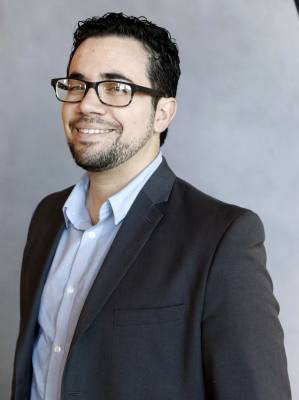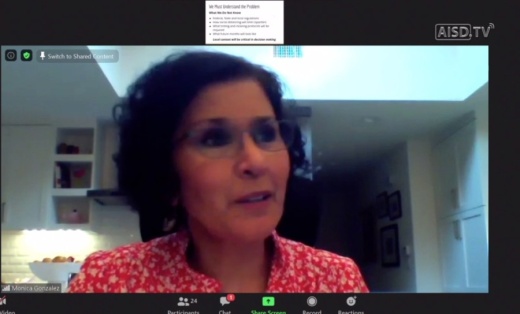Options under consideration by the district include limitations created by following safety guidelines as well as those required by the Texas Education Agency.
While the district typically follows a 22-to-1 student to teacher ratio within a classroom, Cruz said that classrooms next year could be limited to 6-8 students each due to social distancing requirements and available space. Similarly, the district may have to reduce its bus capacity from 60 students down to 12-14 per route, which would make transporting its estimated 23,000 students who rely on buses challenging. Serving an estimated 75,000 meals a day could also be difficult, as would finding places for students to eat on campus while keeping a safe distance from one another.
"There are a lot of implications, which is why it takes a little time to study some of the work to make sure we're making the best decisions for our students," Cruz said.
According to a presentation by the district, a blended approach would allow the district to switch from in-person learning to virtual learning when needed, and a calendar would also include intersectional breaks throughout the year as recommended by the Texas Education Agency.
Director of Elementary Schools Monica Gonzalez said the district is looking to train teachers this summer to prepare for partial or full-time virtual learning. Training could outline how to develop a classroom culture during virtual learning, she said.
Cruz also said virtual learning would come with more assignments, grades and accountability measures for students compared to the most recent learn-from-home spring semester during the coronavirus pandemic.
The district still expects to start the school year on Aug. 18.





